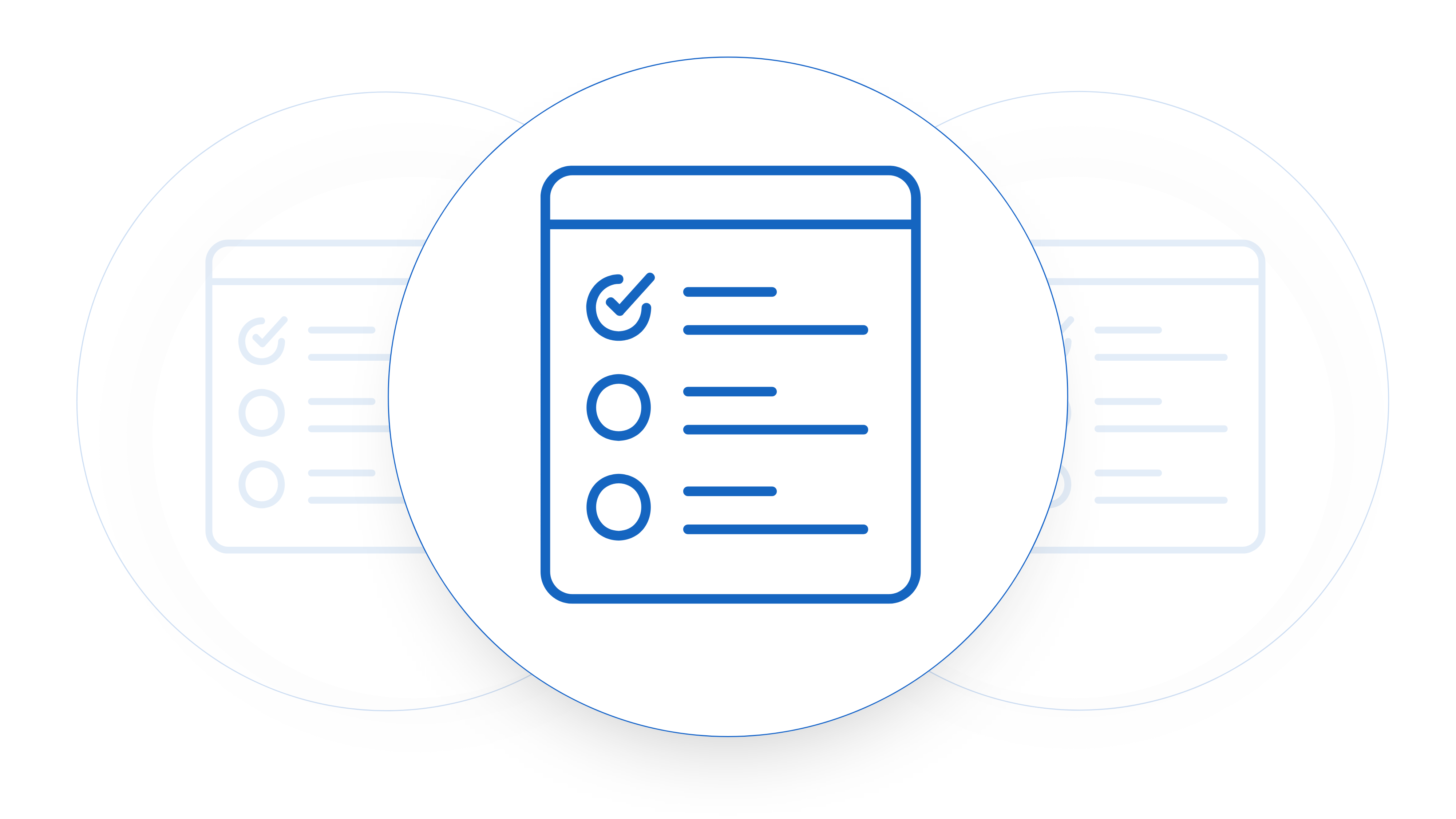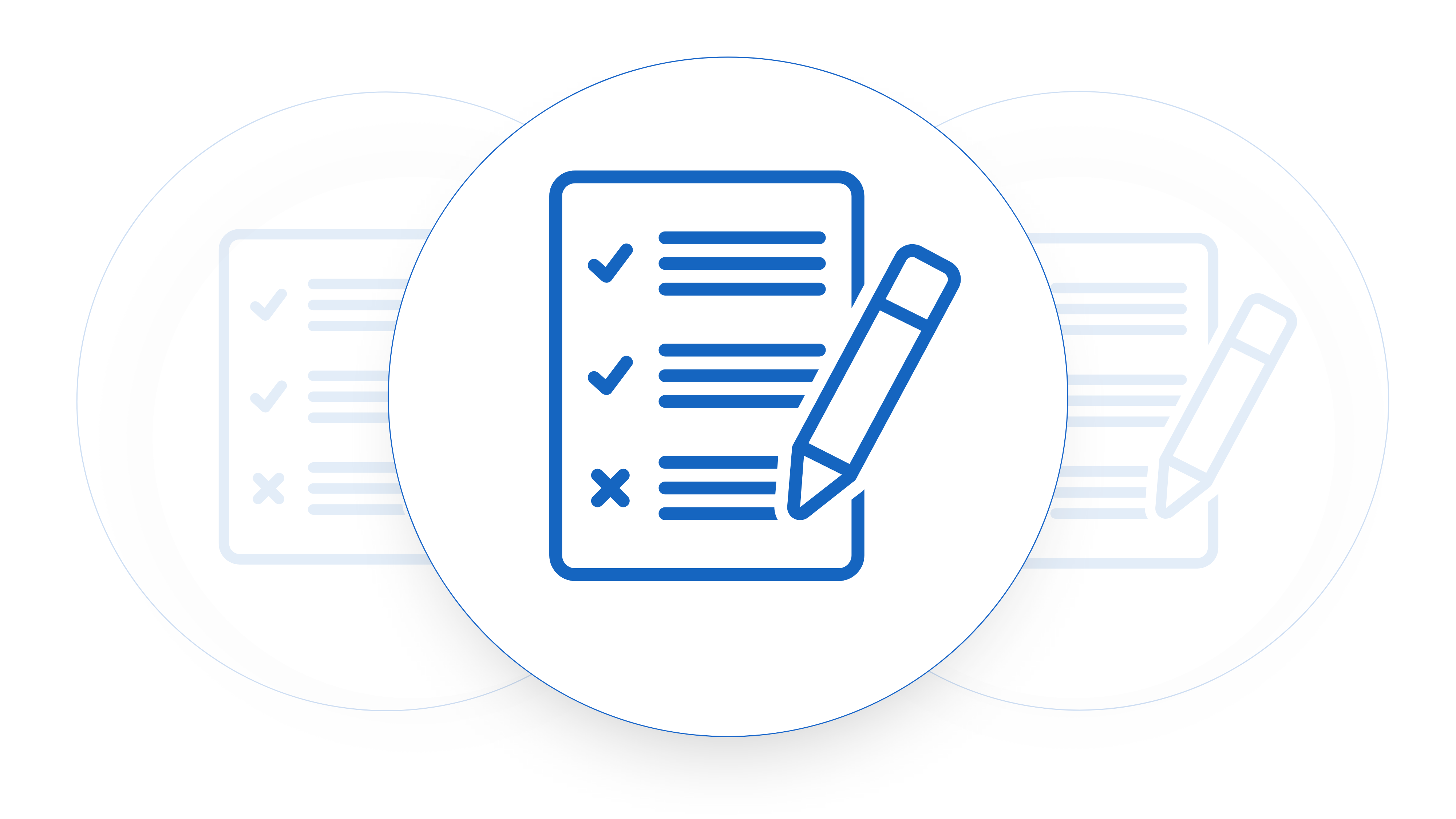When you’re selling a B2B tech product everything you do is about creating a business that can and will scale. From your product to your sales motion the ability to scale is extremely important. One of the common issues that you’ll come across in your sales process that is most definitely not something that you can scale is when you start getting requests to be using customer contracts instead of your own SaaS templates.
Small to medium-sized tech startups often don’t have the leverage to say no to enterprise customers, especially in the early stages. But if someone continually pressures you into using customer contracts instead of your own SaaS template, there are strategies to get around this.
Streamlining Contract Negotiations – Get Ahead of Requests For Using Customer Contracts
Often when you start speaking to a sales lead there’s an awkward stage of the conversation where you’re asking whether or not it’s the right time to get a contract in front of them. You don’t want to do it to early, it might annoy them as they are still in discovery stage. You don’t want to do it too late because then the contract negotiation phase will drag out and make your close date much longer. You’re looking for a sweet spot.
One thing you want to avoid is having an enterprise customer preempt you and provide a copy of their companies terms and conditions first. Although you providing your template first doesn’t mean they will accept them it does mean that you’re setting an anchor in the contract negotiation to reference to and it gives you something to reference when you start using the fit for purpose argument that we’ll talk about in a moment.
How to Push Back on Using Customer Contracts
Often an enterprise customer will look to get you to use their contract instead of yours. They often mandate a company policy that allows only their terms and conditions to be used. This can slow down the legal review process massively. Why? Because usually their contracts are not fit for purpose. What does fit for purpose mean?
“Fit for purpose” is a legal and contractual concept that refers to the idea that a product or service should meet the specific needs and requirements for which it is intended. In the context of sales contracts, particularly in the software-as-a-service (SaaS) industry, the term “fit for purpose” is crucial in defining the expectations and obligations of both parties involved.

Contract Management Made for Startups
Set Tasks, Negotiate Faster
What Does Fit For Purpose Mean For Your Negotiation?
When negotiating a sales contract between a SaaS company (seller) and an enterprise company (buyer), the concept of “fit for purpose” becomes essential in ensuring that the software being provided meets the specific needs and objectives of the enterprise. Here are some key considerations:
1. Understanding Requirements:
The SaaS company needs to thoroughly understand the requirements and expectations of the enterprise customer. This involves discussions about functionality, features, performance, scalability, security, and any other aspects that are critical for the enterprise’s operations.
2. Warranties and Representations:
The sales contract should include warranties and representations from the SaaS company regarding the fitness for purpose of the software. This means that the SaaS company represents that its software is designed to meet the specific needs outlined in the contract.
3. Service Level Agreements (SLAs):
SaaS contracts often include SLAs to define the expected level of service, including performance metrics, uptime guarantees, and support response times. These SLAs are crucial in ensuring that the software is not only functional but also performs at a level that meets the enterprise’s requirements.
4. Customization and Integration:
If the enterprise requires customization or integration with existing systems, the contract should address these needs explicitly. The software should be capable of tailoring to the specific requirements of the enterprise, and the contract should outline the scope and cost of any customization work.
5. Testing and Acceptance Criteria:
The contract should include provisions for testing and acceptance criteria. This ensures that the enterprise has the opportunity to verify whether the software meets the specified requirements before final acceptance and payment.
6. Remedies for Non-Compliance:
If the software is not fit for purpose, the contract should outline remedies for the enterprise. This could include the right to request fixes, updates, or, in extreme cases, termination of the contract with compensation for damages.
Negotiating a sales contract between a SaaS company and an enterprise involves a careful balance of protecting the interests of both parties. The concept of “fit for purpose” helps ensure that the software solution meets the unique needs of the enterprise, providing clarity and protection throughout the contractual relationship.
Why Argue Fit For Purpose?
SaaS (Software-as-a-Service) sales contracts differ from non-SaaS sales contracts due to the unique nature of the services being provided as well as the unique services that your company provides with its product. Most enterprise procurement teams are not yet accustomed to purchasing SaaS products, and because of this, their generic terms and conditions often lack standard SaaS terms. Here are some key provisions often included in SaaS sales contracts, distinguishing them from traditional non-SaaS sales contracts:
1. Service Level Agreements (SLAs):
- SaaS Contract: SLAs are crucial in defining the expected level of service, including uptime guarantees, performance metrics, and support response times.
- Non-SaaS Contract: Traditional sales contracts may not have specific SLAs related to ongoing service levels.
2. Subscription Terms and Renewals:
- SaaS Contract: Clearly outlines the subscription terms, pricing structure, and conditions for renewal or termination of the subscription.
- Non-SaaS Contract: The concept of subscription terms may not be applicable in a traditional sales contract.
3. Software Licensing and Usage Rights:
- SaaS Contract: Defines the rights granted to the customer for accessing and using the software during the subscription period.
- Non-SaaS Contract: Licensing terms may differ, especially if it involves the sale of a tangible product rather than ongoing access to a service.
4. Data Security and Privacy:
- SaaS Contract: Includes provisions related to data security, privacy, and compliance with relevant regulations (e.g., GDPR).
- Non-SaaS Contract: While addressing data security, it may not be as central as in SaaS contracts where the service provider often stores and processes customer data.
5. Updates and Maintenance:
- SaaS Contract: Specifies the provider’s responsibility for updates, maintenance, and ensuring the software remains current and functional.
- Non-SaaS Contract: Maintenance and updates may be less relevant, especially if the sale involves a one-time transaction for a physical product.
6. Customization and Integration:
- SaaS Contract: Addresses the potential for customization or integration with the customer’s existing systems.
- Non-SaaS Contract: Customization and integration might not be as prevalent in traditional sales contracts, especially for products that are standalone.
7. Termination and Data Retrieval:
- SaaS Contract: Outlines the process for termination, including data retrieval and transfer procedures upon termination.
- Non-SaaS Contract: Termination clauses may differ, focusing on return of physical goods or cessation of services.
8. Usage Metrics and Billing:
- SaaS Contract: Specifies how to measure usage metrics and structure billing based on usage.
- Non-SaaS Contract: Billing may be more straightforward, based on the purchase of a product rather than ongoing usage.
9. Intellectual Property Rights:
- SaaS Contract: Clarifies ownership of intellectual property rights related to the software and any customizations.
- Non-SaaS Contract: Intellectual property considerations may be present but can vary based on the nature of the product sold.
10. Indemnification for IP and Security Issues:
- SaaS Contract: Typically includes provisions related to indemnification in case of intellectual property infringement or security breaches.
- Non-SaaS Contract: Indemnification clauses may still be present but may not be as software-specific.
These provisions highlight the unique aspects of SaaS contracts compared to traditional sales contracts. It’s essential to carefully tailor the agreement to the specific characteristics of the services being provided and the expectations of both the SaaS provider and the customer. Legal counsel with expertise in technology and SaaS transactions is often recommended to ensure comprehensive and well-balanced contracts.
What Happens If I’m Just Using Customer Contracts And Terms & Conditions?
If you just blindly sign a customers terms and conditions you are legally bound by them in your business relationship. The majority of large enterprise companies will have very generic terms and conditions that relate to IP ownership, contract break clauses and refunds that are very much weighted in the favor of the enterprise company, so seller beware!!!











